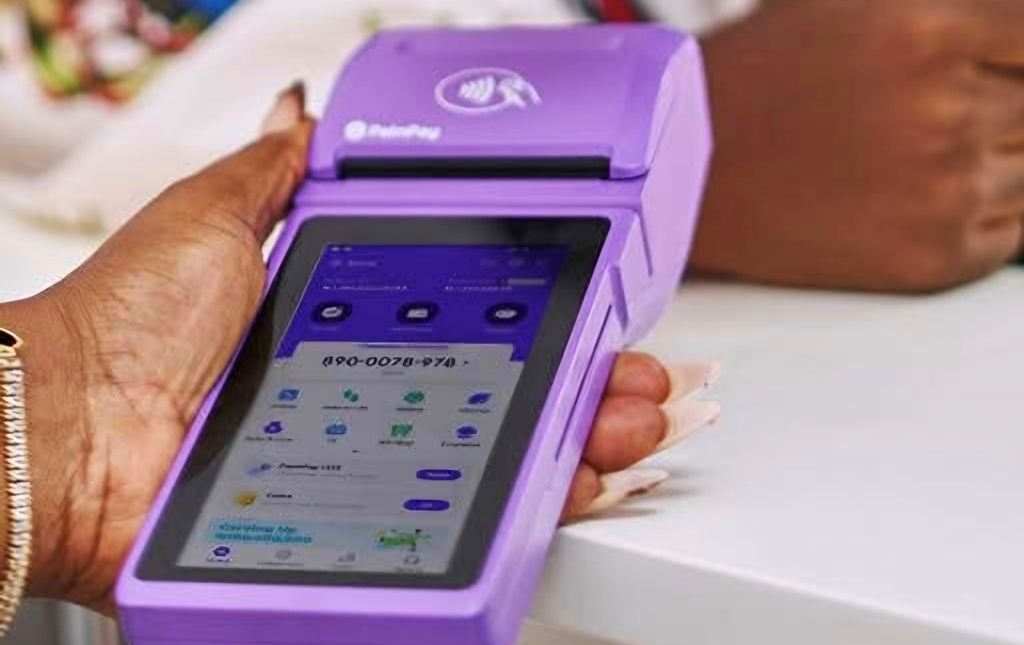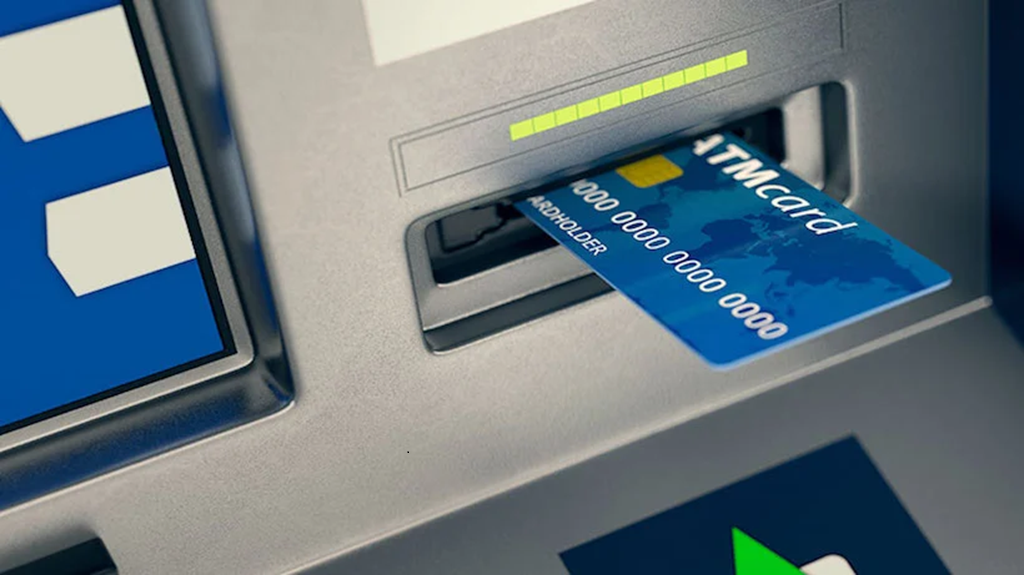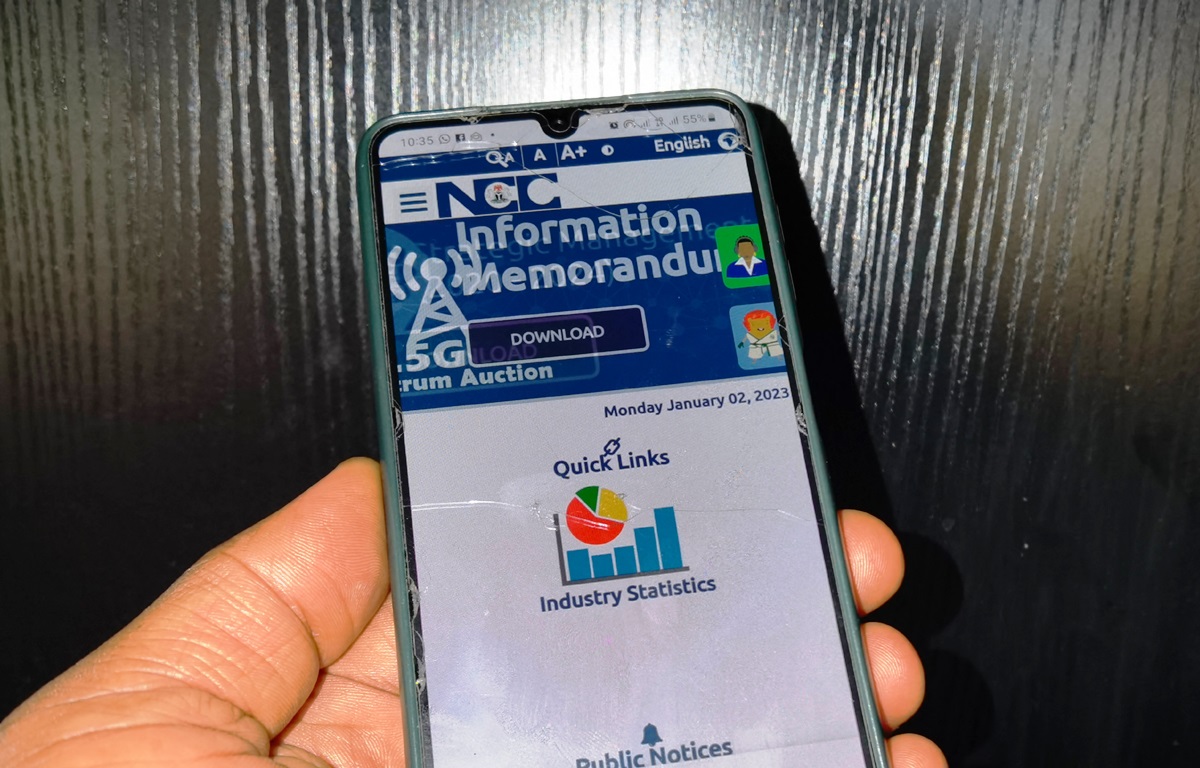Oftentimes, people, including journalists, mistake telephone subscriptions for subscribers. They are not the same.
Before we discuss the differences, let me share a personal experience. Realising that Point of Sales (PoS) machines and Automated Teller Machines (ATMs) utilize SIM Cards has kept my brain wondering how this works; are they normal SIM Cards? Where and how exactly are they placed? These and many more questions are trooping in my head.
As a TechEconomy reader, you might know this already; maybe because you’ve handled a PoS Machine before or know someone who does, but some of us are still new to this knowledge. Sorting the discovery, the curiosity led to this piece, with appreciable answers coming through.
Let’s talk about the PoS Machines

The portable electronic Point of Scale terminal machine allows merchants and businesses to accept card credit or debit payments from customers, while mobile money agents can carry out banking services for customers, with commissions earned for each transaction.
Just like a phone, the PoS Machine requires a SIM Card to function, but is it a normal SIM? Yes!
MTN, Glo, Airtel and 9mobile’s SIM cards are used by PoS Machines but the processes are facilitated by fintech companies such as Interswitch and Etranzact.
But the kind of phones in question are those developed before inbuilt battery phones came about, whereby the back has a removable cover guiding the battery, SIM slot and other hardware ensuring proper functioning of the phone.
The PoS device is similar to this and when the back cover is removed, you see a SIM slot, battery and others.
It is mostly advised that the kind of SIM Cards to be inserted into a PoS device should be the standard SIM, rather than the micro or NANO SIM. This is to avoid complications with the device.
Once the SIM, which should have data so you can perform transactions on the PoS terminal, is successfully inserted and the device switched on, the network shows up just like it does on the phone.
That’s not all. You can also recharge these SIM Cards directly from the device, using a top-up app or menu provided to you. All you have to do is enter the mobile number and country code, select a mobile service provider and enter an amount.
Now the ATMs

It could have been easy to comprehend PoS terminals using Sim Cards, but ATMs? How? The answer is simply, the SIM cards are for connectivity without which it will be difficult for the ATM to interact with the switching systems and the core-banking applications. In other words, without SIM cards, it will be almost impossible for you to withdraw your money from the ATM.
Maybe you have had the experience; the ATM witnesses network failure in the middle of you trying to withdraw money. This could be caused by many factors, but mostly due to network failure; meaning the SIM card couldn’t connect to the network provider.
Active telephone subscribers vs active subscriptions – The difference
That brings me to the differences between telephone subscriptions and subscribers. Most times, people mistake ‘active subscriptions’ for ‘active subscribers’ and vice versa.
According to Lawinsider.com telephone subscriber or ‘subscriber’ means “a person or entity to whom exchange telephone service, either residential or commercial, is provided and in return for which the person or entity is billed on a monthly basis. When the same person, business, or organization has several telephone access lines, each exchange access facility constitutes a separate subscription”.
In other words, when you read about ‘active telephone subscriptions in Nigeria’, the Nigerian Communications Commission (NCC) refers to the total number of Smartphones, ATMs, PoS, and other communication gadgets that use SIM Cards whereas the ‘active telephone subscribers’ refer to the total number of individuals who are registered users of SIM Cards. For example, First Bank of Nigeria Limited could have 3,000 ATMs with each of them infused with two SIM Cards. Invariably, the ATMs account for 6,000 active telephone subscriptions.

Okay, you as an individual (active subscriber) have MTN, Glo, Airtel, 9Mobile, Spectranet, Smile Communications or VDT SIM Cards; if all of them are connected or in use, then, they become part of the active telephone subscriptions.
For example, Nigeria’s active telephone subscriptions ballooned to 201,670,650 million as of April 2022. Techeconomy reported it.
Now, the population of Nigeria hit 217,219,618 as of Sunday, September 4, 2022, based on Worldometer elaboration of the latest United Nations data. If you minus 201,670,650 from 217,219,618 you will have 15,548,968 and we know that can’t be the number of people without connectivity in Nigeria considering the fact we have cities without any form of connectivity yet in some parts of the country.
So, let no one confuse you again when discussing active telephone subscriptions and active telephone subscribers.
Share your comment, please:





